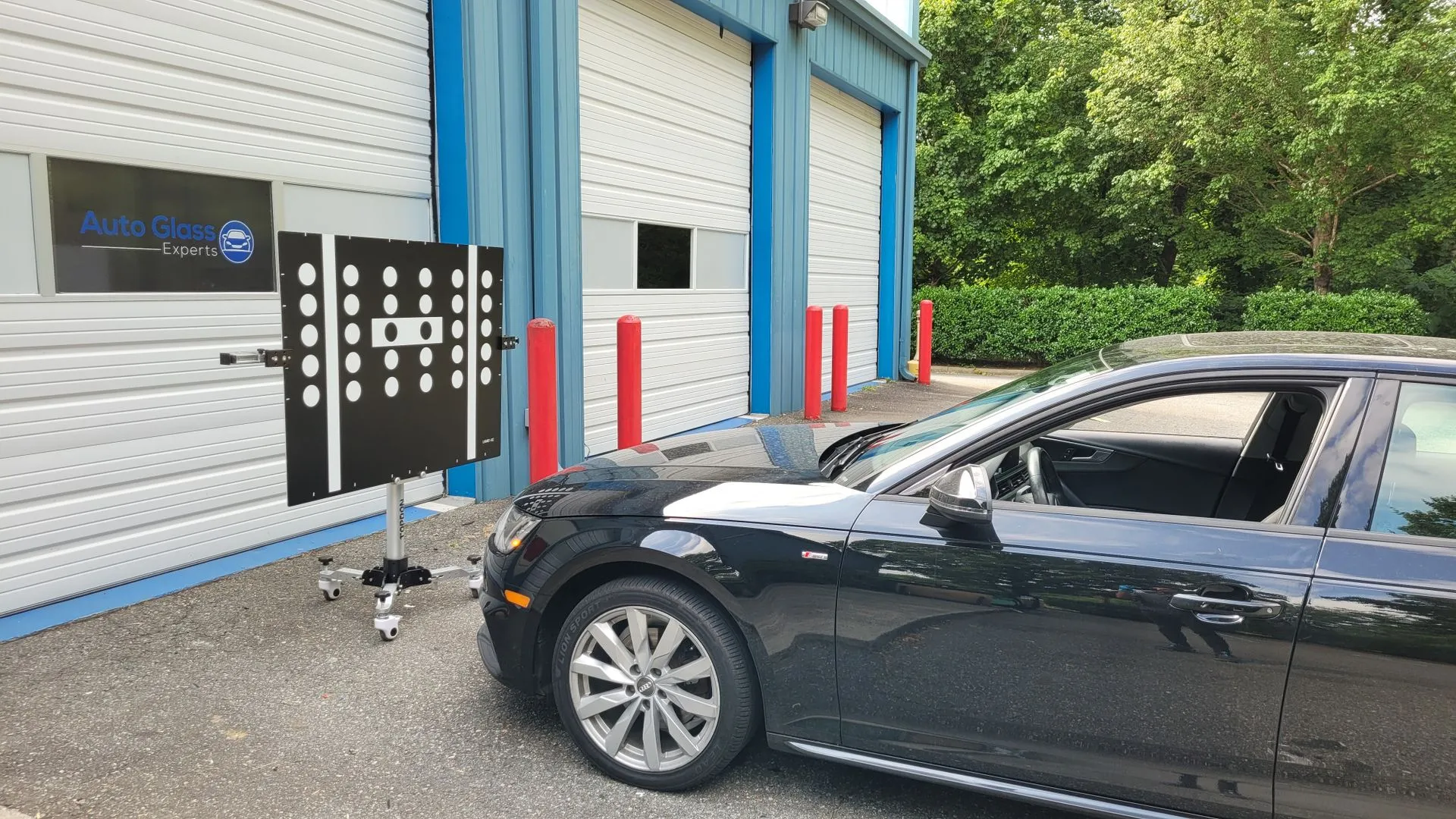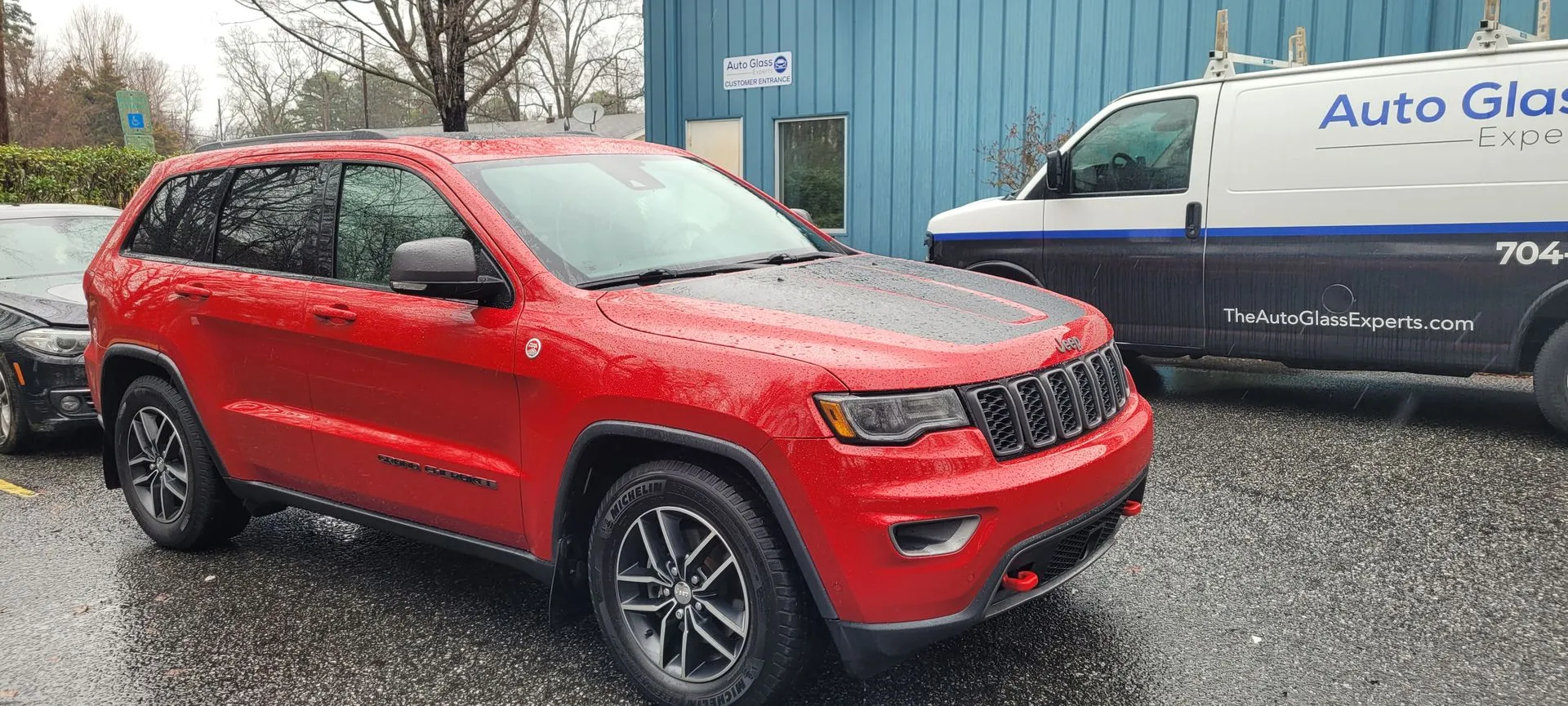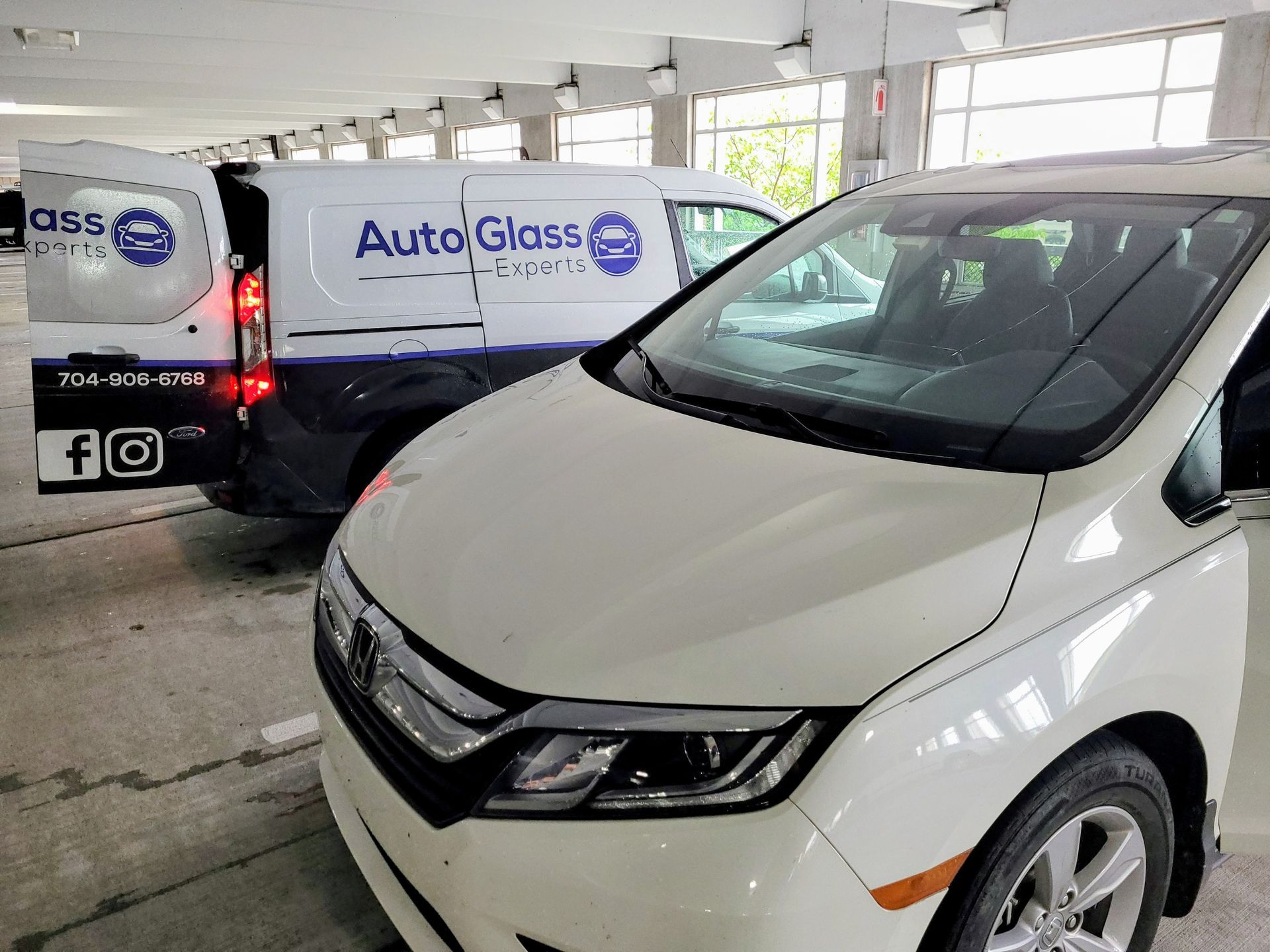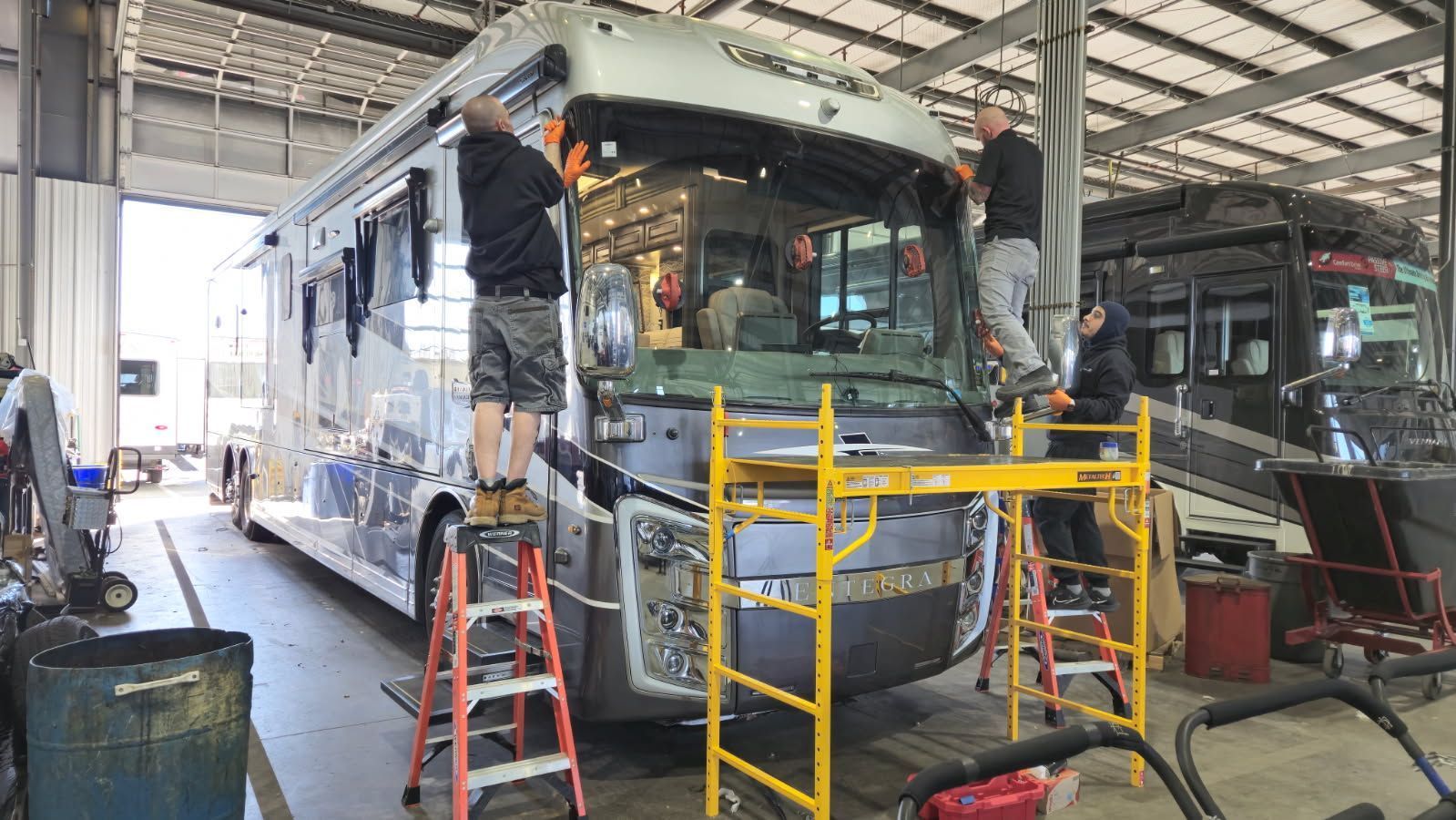Learn About 9 Common Advanced Driver Assistance Systems (ADAS) Features
April 4, 2023
Learn About Advanced Driver Assistance Systems Features
Advanced Driver Assistance Systems (ADAS) are becoming increasingly common in modern vehicles, and for good reason. ADAS features work together to help drivers stay safe on the road by providing assistance with a range of tasks. Here are some of the most common ADAS features and what they do for you:
1. Adaptive Cruise Control
Adaptive Cruise Control (ACC) uses radar and cameras to monitor the distance between your car and the vehicle in front of you. It then automatically adjusts your car's speed to maintain a safe distance from the vehicle ahead, without requiring constant acceleration or braking from the driver.
2. Lane Departure Warning
Lane Departure Warning alert systems uses cameras to monitor your car's position in its lane. If it senses that your car is drifting out of its lane without the use of a turn signal, it will provide an audible and visual warning to alert you to the danger.
3. Forward Collision Warning
Forward Collision Warning alert systems uses cameras and radar to detect potential collisions with vehicles or objects in front of your car. It will alert you with an audible and visual warning if it senses a potential collision.
4. Automatic Emergency Braking
Automatic Emergency Braking builds on the FCW system by automatically applying the brakes if it detects an imminent collision and the driver fails to take action. This can help to prevent accidents or reduce the severity of a collision.
5. Blind Spot Detection
Blind Spot Detection systems uses radar or cameras to monitor the area around your car that is difficult to see, including your blind spots. If it detects a vehicle or object in your blind spot, it will provide a visual or audible warning to alert you.
6. Rear Cross Traffic Alert
Rear Cross Traffic Alert systems uses radar or cameras to detect vehicles or objects approaching from the sides as you are backing up. It will provide a visual or audible warning to alert you to the danger.
7. Parking Assistance
Parking Assistance systems use cameras or sensors to help drivers park their cars more easily and accurately. These systems can provide guidance and warnings to help drivers avoid obstacles and park safely.
8. Driver Drowsiness Detection
Driver Drowsiness Detection is an ADAS feature that identifies signs of tiredness and notifies the driver to take a break. This technology works by monitoring the driver's behavior like steering and blinking patterns, it sends our audible or visual warnings when detecting signs of tiredness, ultimately preventing accidents caused by driver drowsiness.
9. Glare-Free High Beam Lights
Glare-Free High Beam technology is an ADAS feature that adjusts headlamp beams to reduce glare for oncoming drivers while maximizing visibility for the driver.
ADAS features work together to help drivers stay safe on the road. These features use cameras, radar, and other sensors to monitor the surrounding environment and provide assistance with a range of tasks, from maintaining a safe distance from other vehicles to helping drivers park their cars more easily. By using ADAS features, drivers can enjoy increased safety and convenience on the road. If you have questions or would like to
learn more
about our windshield calibration services,
contact
The Auto Glass Experts today!





















